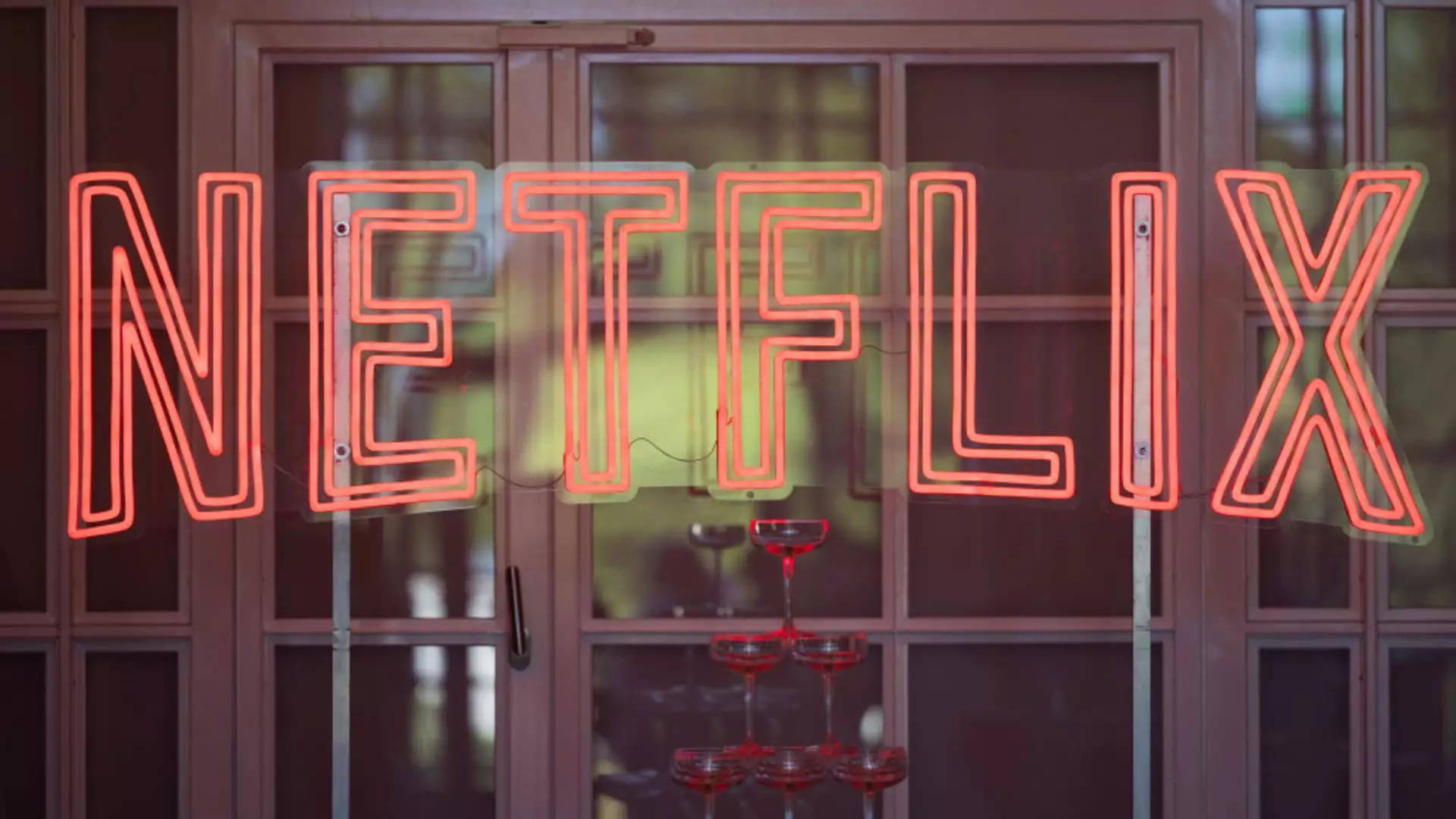Netflix, a titan in the streaming industry, recently revealed significant price hikes for most of its U.S. subscription plans, igniting a wave of discussions among consumers and industry experts alike. As of Tuesday, the cost of the standard ad-free plan will escalate from $15.49 to $17.99, while the lower-tier ad-supported plan will see a modest increase from $6.99 to $7.99. Furthermore, the premium package will also witness a price jump from $22.99 to $24.99. This strategy indicates a broader trend within the industry as streaming giants look for ways to sustain profitability amid an increasingly competitive environment.
The streaming market has been characterized by soaring prices, with Netflix not being the sole offender. Other major platforms, including Disney and Warner Bros. Discovery’s Max, have similarly ratcheted up their subscription fees. This shift can be attributed to mounting operational costs and a pressing need to finance original content creation, which is essential for attracting and retaining subscribers. Netflix’s arrival of an ad-supported plan in November 2022, aimed at reviving dwindling subscriber growth, reflected a strategic pivot towards more affordable options—albeit these plans are now also experiencing price increases.
For existing and potential customers, these increases raise valid concerns about the value proposition of streaming services. With many consumers facing a barrage of price hikes across various platforms, the decision to continue subscribing becomes increasingly complex. While Netflix claims progress in attracting new members—reporting over 70 million active users on its ad-supported tier—it remains to be seen how price changes will influence overall subscriber retention and attraction. If streaming services continue to ramp up prices simultaneously, consumers could face subscription fatigue and consider reverting to traditional cable options or finding alternative entertainment sources.
In conjunction with these price increases, Netflix is intensifying its crackdown on password sharing, which has been a longstanding issue undermining its revenue potential. By launching options for users to add “extra members” to their accounts for an additional fee, Netflix aims to convert non-paying users into subscribers. The cost for extra members on ad-free plans will rise from $7.99 to $8.99, while those on ad-supported tiers will remain unchanged. This strategy hints at a calculated effort to enhance monetization models, as Netflix seeks to maintain its dominant position in an era where viewer habits are quickly evolving.
Reflecting on Netflix’s recent announcements and the industry’s shifting dynamics, it is clear that the streaming landscape is undergoing a transformation marked by financial pressures and strategic pivots. Continuous price hikes and the implementation of ad-supported models suggest that profitability is now at the forefront of service providers’ ambitions. As Netflix pushes further into this territory, the question remains: will consumers embrace these changes, or will they explore alternative viewing options? With Netflix reporting a record addition of 19 million paid subscriptions in the last quarter, the outcome of this balancing act between price increases and user satisfaction is closely watched.


Leave a Reply